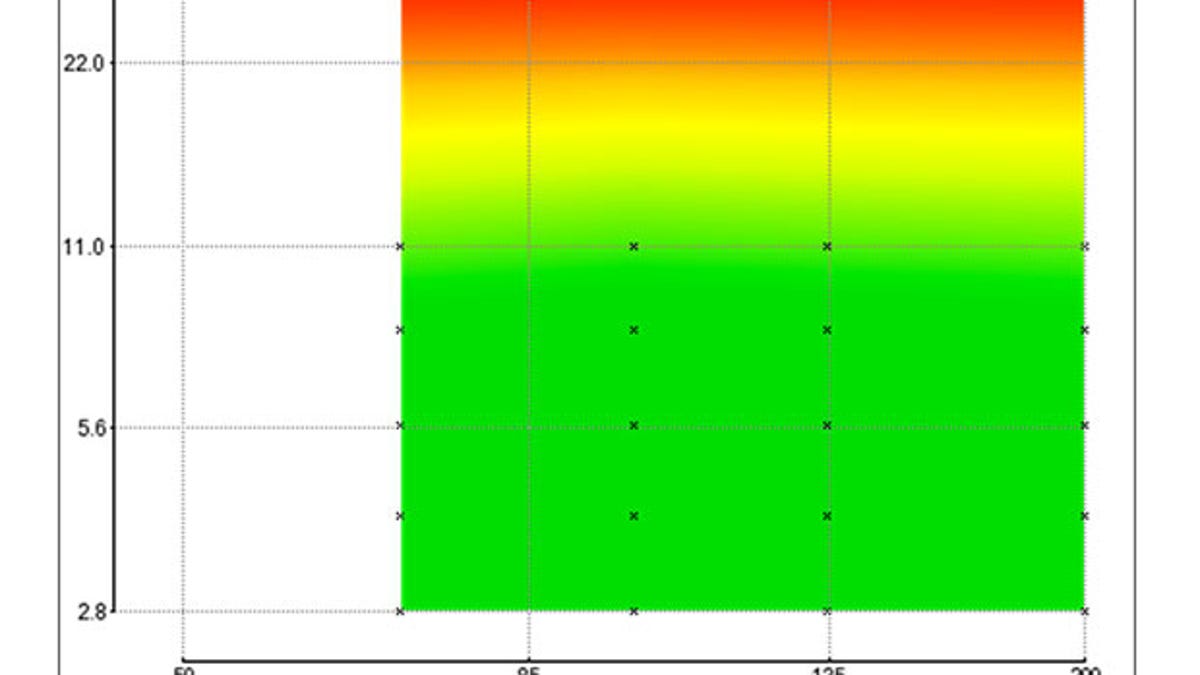DxO Labs tries making sense of camera lens sharpness
Wondering whether to spend the extra bucks for that premium lens? Test measurements from DxO Labs try to make it easier to gauge its sharpness on different camera bodies.

Aiming to make it easier for photography enthusiasts to evaluate photo gear, DxO Labs today announced a new method of measuring lens sharpness it hopes will make more intuitive sense.
The idea, called the perceptual megapixel, shows how much of a camera's original sensor resolution a particular lens can preserve when factors such as lens sharpness, optical defects, and sensor pixel size are taken into account.
One example the company provides: on a 21.1-megapixel Canon 5D Mark II, the Sigma 35mm F1.4 DG lens gets a score of 17.2 perceptual megapixels and the much higher-priced Carl Zeiss Distagon T* HSM 35mm f/1.4 ZE gets only 15.2 perceptual megapixels.
The perceptual megapixel score is designed to be more practical than the time-tested but often incomprehensible measurement that prevails today, MTF (modulation transfer function) graphs. And the perceptual megapixel measurement also takes into account the camera, not just the lens.
That means, for example, that a person in the market for new photo gear could make a more informed judgment about both cameras and lenses. For example, is it worth paying a price premium for a lens on the expectation of a later upgrade to a full-frame camera body?
DxO Labs today moved to the new measurement on its DxOMark site, where it publishes test results for image sensors and lens performance scores for 2,700 combinations of lenses with particular cameras.
One example: The Canon EF-S 55-250mm f/4-5.6 IS II mounted on an 18-megapixel Canon EOS 7D yields only about 5 perceptive megapixels of resolution shooting wide open anywhere from 55mm to 250mm and only hitting about 6 perceptive megapixels at the maximum tops.
But the Canon EF 70-200mm f/2.8L IS II USM on a 21.1-megapixel Canon EOS 5D Mark II, measures better than 20 megapixels all across its zoom range and from f2.8 to f5.6.
Of course, many other factors weigh into lens quality assessments besides sharpness, including ruggedness, vignetting, distortion, weather-sealing, image stabilization, and lens coatings that reduce lens flare and other optical drawbacks.

